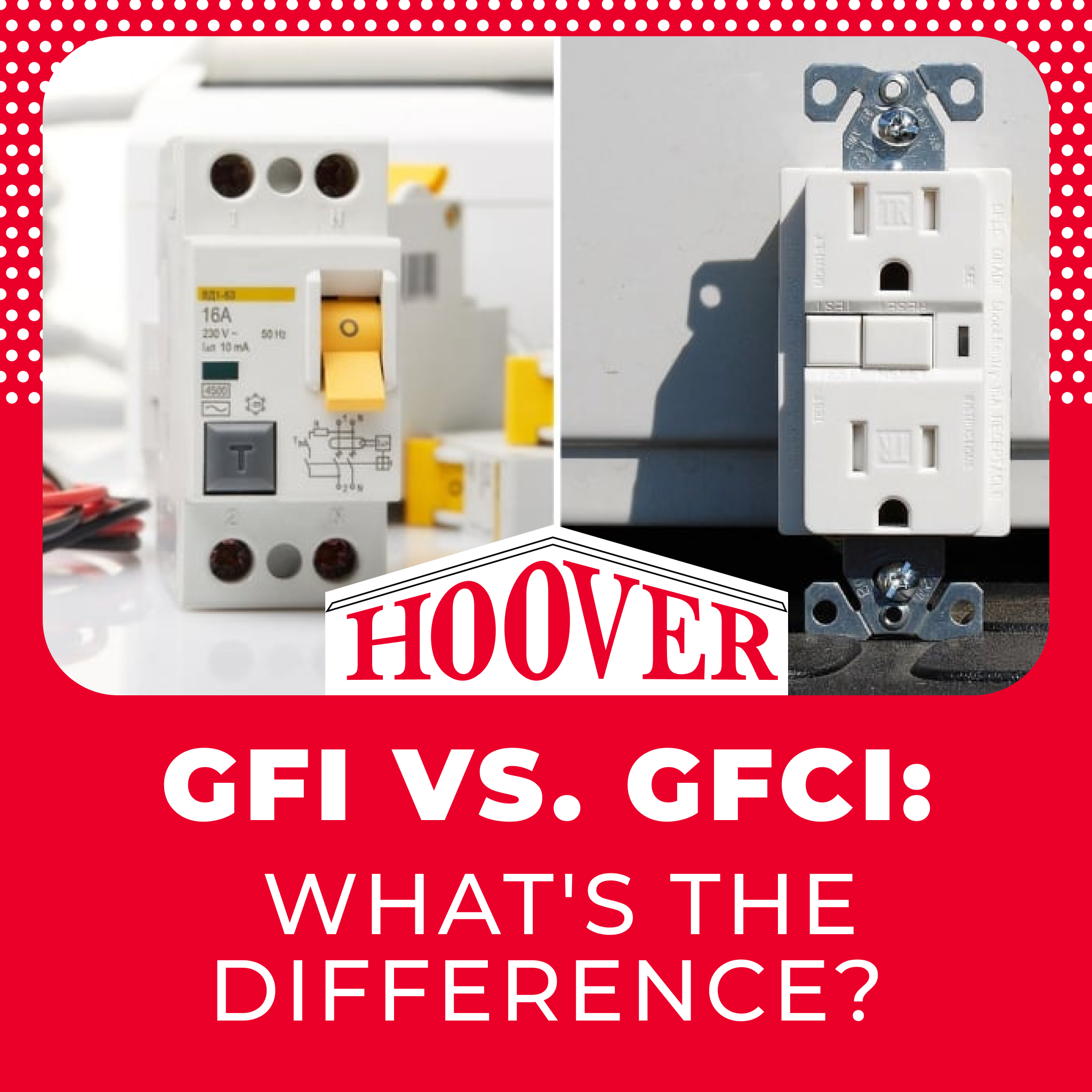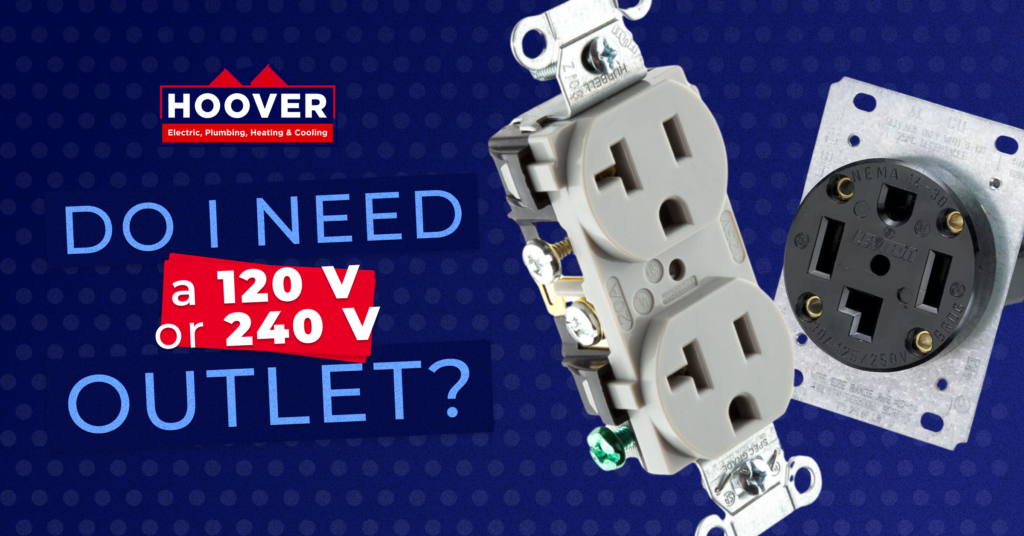
Do you know the difference between 120-volt (V) and 240V outlets? Even if you’re not familiar with the terminology, you’ve probably seen the difference in the outlets themselves. The standard electrical outlet you plug a lamp or vacuum into is a 120V outlet. But near your oven or washing machine, though, you’ll notice the outlet it’s plugged into has a different appearance. That’s because a large appliance requires 240V. More power means you need an outlet that can safely handle the extra voltage.
When planning the electricity for a home, builders will place a 240V outlet wherever it’s likely to be needed, such as the laundry room or kitchen. Throughout the rest of the house, they’ll install 120V electrical outlets. To help you understand the differences between both outlets, we’ll explain more about electrical voltage, how each outlet works, and answer common questions.
How Electrical Voltage Works
You might think of voltage as how much electricity is in a circuit. This is not accurate. Instead, voltage is the pressure from a power source that pushes charged electrons through a conductor. It’s what moves electrical current. Voltage can be generated by the buildup of an electric charge from, for example, a capacitor, or an electromotive force from a generator.
Each household appliance requires a certain amount of voltage. If the voltage fluctuates higher or lower than it should, an appliance can be damaged (even too low a voltage can cause an appliance to overheat). It may also spark, make noise, or catch fire. Contact with a machine in which voltages are out of a normal range can cause electrocution.
What Is a 120V Outlet?
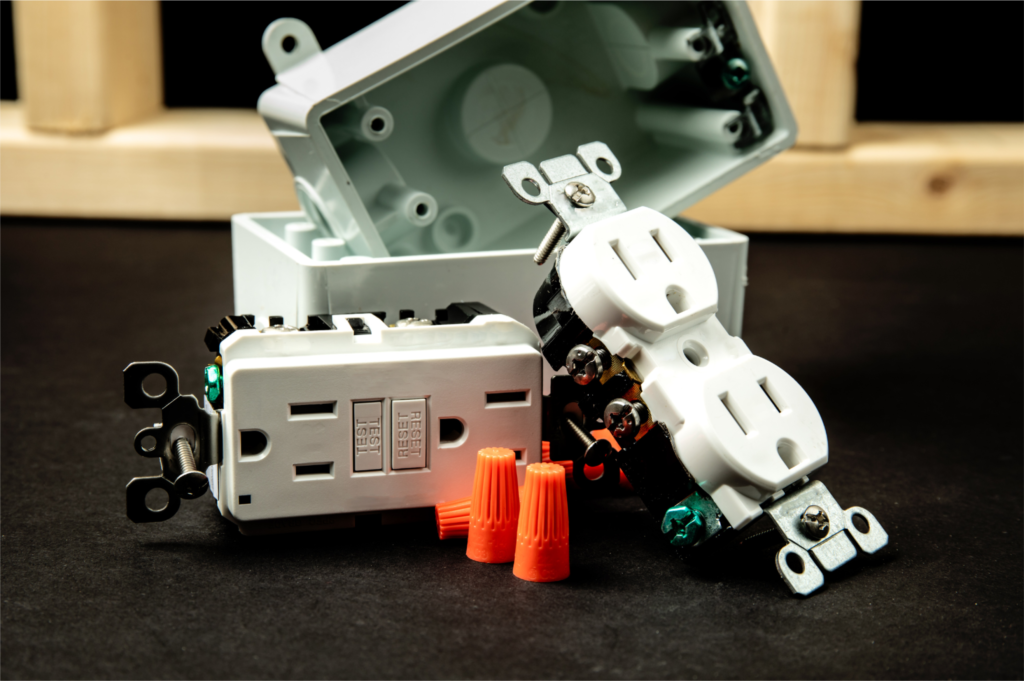
A standard 120V outlet contains a 120V wire and a neutral wire. It should also have a grounding wire. The two types of 120V outlets include 2-prong, 15-amp (A) outlets. These lack a grounding hole and are more often found in older homes. Modern electrical outlets feature a 3-prong design and can operate at 15A or 20A. Newer appliances and chargers for laptop computers will typically only plug into a 3-prong outlet. Nonetheless, the 120V outlet is typically reserved for residential lighting and small appliances.
What Is a 240V Outlet?
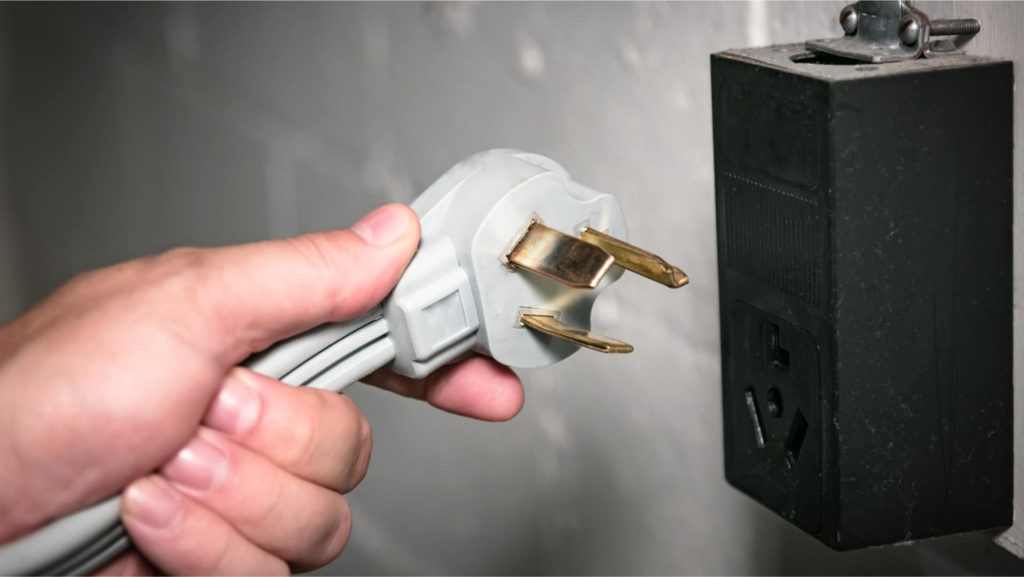
A 240V outlet has two 120V wires and a neutral wire. Older homes often have three-prong 240-volt outlets, but modern outlets have a ground wire and four prongs. This extra prong provides additional safety against electrical shock. Installing four-prong receptacles can also help solve any compatibility issues if you purchase new appliances.
You’ll need an additional 240V outlet if you want to use a:
- New oven, range, or cooktop
- Dishwasher
- Clothes dryer
- Water heater
- Central air conditioner
- Electric vehicle charger
- Welding machine
- Air compressor
240V power is great for lighting, in addition to appliances and electric cars. Commercial greenhouses and stadiums use 240V power instead of 120V, and it’s great for outdoor floodlights, too. Why? Simply put, it’s twice as much power.
According to Joule’s Law, power is equal to voltage times current. If you have twice the voltage, as in the case of 120V compared to 240V, you’ll have twice the power. When you’re trying to run multiple high-powered lights, it’s smart to use more power.
120V vs. 240V Outlets: Installation and Safety Considerations
Since a 240V outlet supplies twice the amount of power as a 120V outlet, it requires a different type of electrical wiring. A thinner gauge wire can be used for a 120V outlet. However, a heavier gauge is needed to support the power demands of a 240V outlet. The wiring must be connected to a separate double-pole breaker in the electrical panel.
In addition, installing 240V outlets involves working with a lot of electricity. Therefore, electricians take extra safety precautions such as using insulated tools and wearing insulated safety gloves. They also wear a range of other safety gear to protect against hazards. A fire extinguisher is often kept nearby in case something goes wrong.
Does the Type of Outlet Affect the Cost of Electricity?
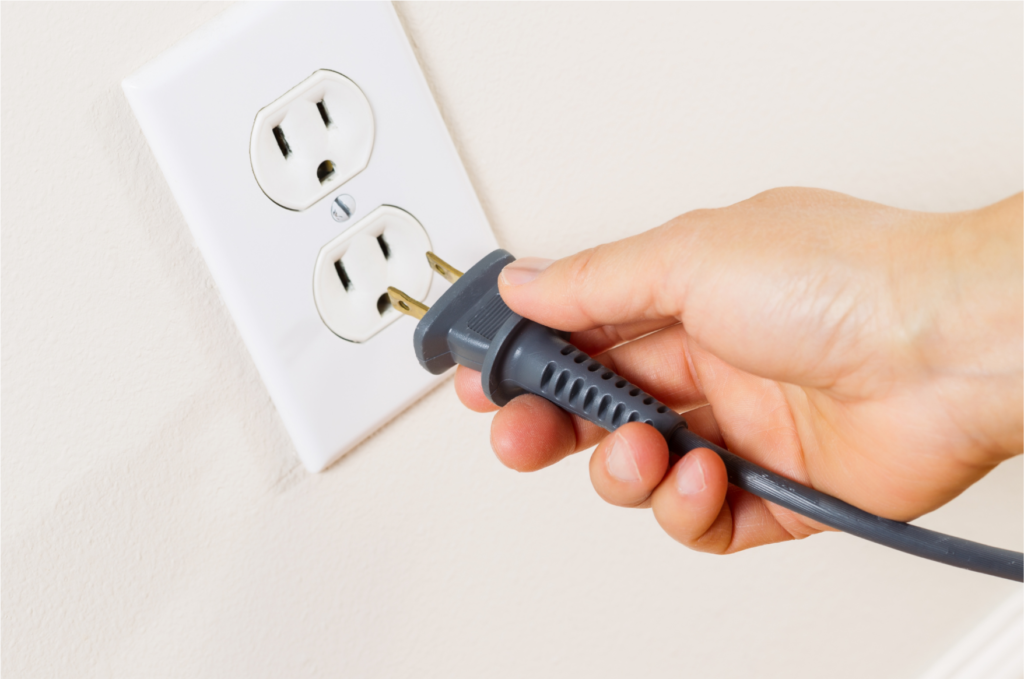
There’s not much cost difference between 240V and 120V usage. Logic might dictate that drawing fewer amps with 120V outlets means you’re using less power than with 240V, but that’s actually not the case. If you use 240V power for many different appliances or lights, your electric bills may be higher. That’s not because of the voltage, though, but rather the higher number of things using that voltage.
How Much Does It Cost to Install a 120V or 240V Outlet?
Outlets are generally inexpensive (until you add labor and other expenses). Here’s a look at what you can expect to spend:
- 120V Outlet: A 120V outlet usually costs just $3 to $5 (an outlet with a USB port may cost $15 to $25). With labor considered, expect to pay about $175 for each 120V outlet installed.
- 240V Outlet: The cost of 240V outlets is about $10 to $20 each, but you’ll probably spend about $300 to have one installed. If you need to upgrade to a 3-prong outlet, running new wiring costs about $27 per linear foot, which can total $100 to $300 per outlet.¹
Is It Safe to Attempt DIY 240V Outlet Installation?
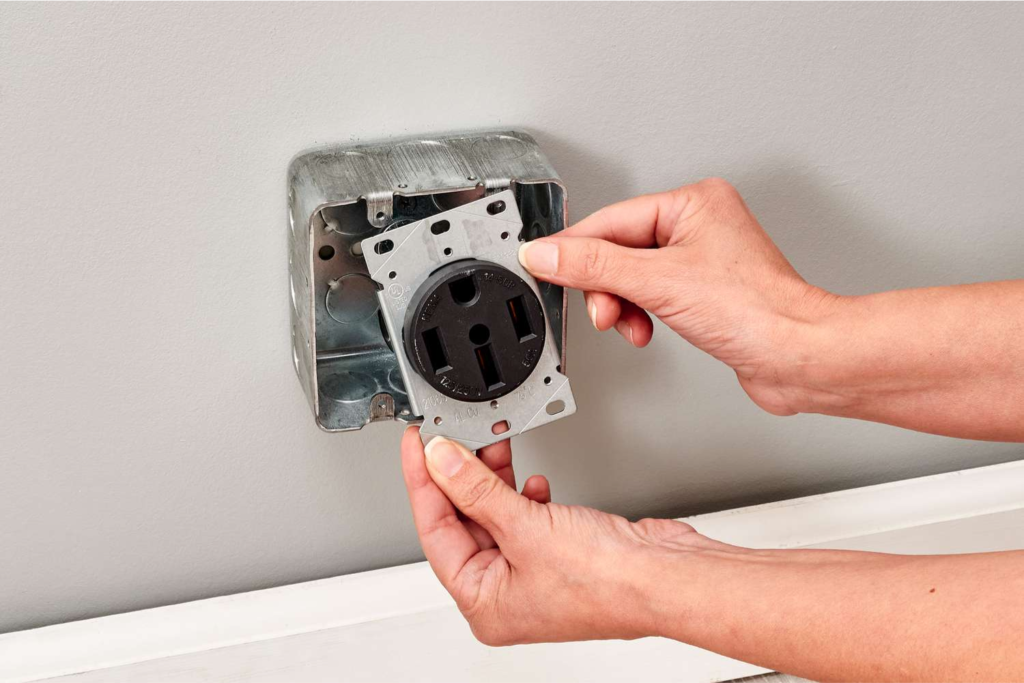
Only if you have experience with electrical installation. Otherwise, your safest option is to hire a licensed electrician. Plus, the job typically requires an electrical permit, which is another cost consideration.
Can a 120V Outlet Be Converted to 240V?
You cannot convert one outlet into another. If you want the benefits of 240V power, you must have an existing 120V outlet replaced or a 240V outlet installed in a different location. Both scenarios require installing the proper wiring.
Depending on the application, a step-up 120V to 220-240V converter may be used, or two 120V outlets can be converted into a 240V source. However, it’s best to go with the most up-to-date solutions and your electrician’s recommendations.
Can I Run a 220V Appliance on a 240V Outlet?
A 220V appliance will run on a 240V line. However, if the appliance, machine, device, etc. is a different voltage than the outlet, there is a risk of damage to it. To avoid issues, follow the manufacturer’s specifications.
Is It Time to Upgrade Your Home Electrical System?
You’ll find 120V and 240V outlets throughout your home. Not all electrical fixtures require the same amount of power. For example, a lamp needs less electricity than a stove or electric vehicle charger. The requirements for electrical systems have changed over the years. If your home doesn’t have 3-prong outlets or 240V outlets for large appliances, you’ll need an electrician to help bring it up to code. In addition to new outlets, this also requires installing the proper wiring and obtaining a permit.
Call Hoover to Schedule 120V/240V Outlet Installation
If your electrical system needs updating, call Hoover Electric, Plumbing, Heating, and Cooling. We have been serving customers in Southeast Michigan since 1980, providing everything needed for high-quality electrical and other residential maintenance under one roof. Our customers can expect courteous, professional service along with competitive pricing and guaranteed satisfaction. When you’re looking for professional outlet installation in Clinton Township, contact Hoover through our website or call (586) 232-9204 today.
Source:


